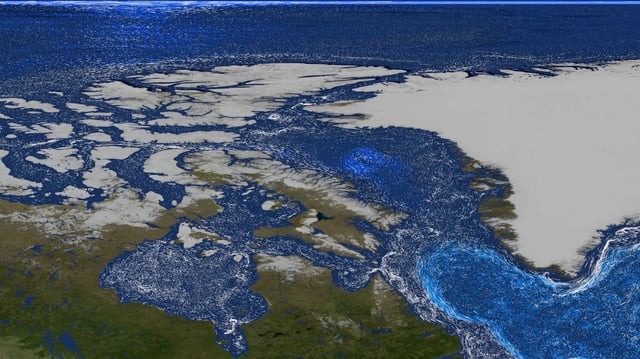Overview
- Jakobshavn Glacier runoff lifts deepwater nutrients and increases summertime phytoplankton growth by 15 to 40 percent in the study area.
- The ECCO-Darwin model ingests billions of sea- and satellite-based observations to simulate coupled biological, chemical and physical processes in Greenland’s fjords.
- Results indicate that meltwater-induced changes in seawater temperature and chemistry reduce CO₂ solubility but the enhanced phytoplankton blooms compensate by absorbing more carbon.
- High-resolution simulations run on NASA’s Ames Research Center supercomputers underpin the findings published August 6, 2025, in Nature Communications: Earth & Environment.
- Researchers will extend the ECCO-Darwin framework across Greenland’s roughly 250 glaciers and to other ocean regions to assess broader impacts on productivity and carbon cycling.
